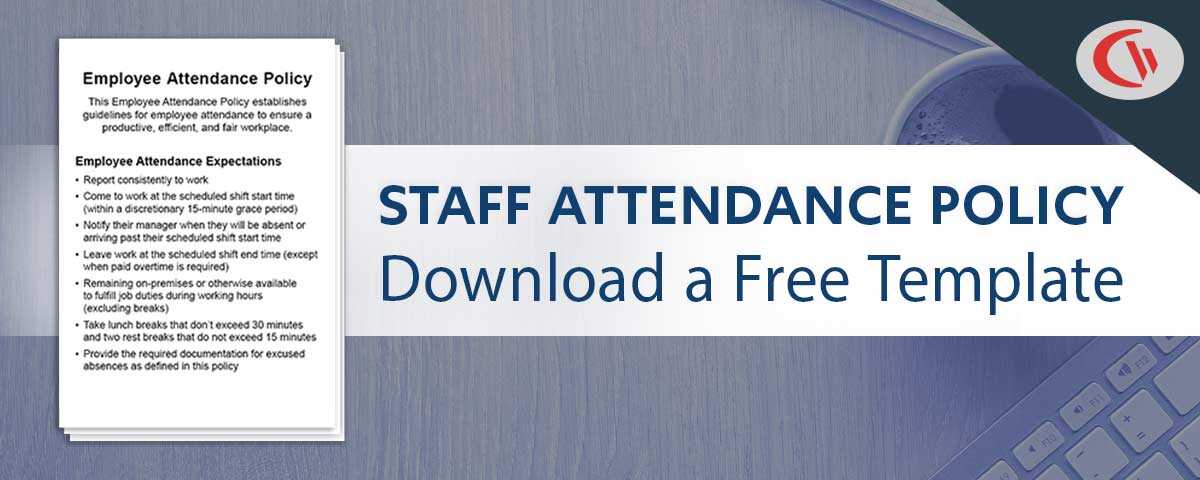How to Assess Employee Productivity with Productivity Tracking Software for Remote Workers

With clear metrics and goals in place, you will have a clear indicator of employees who are performing well no matter where they work.
A Global Workplace Analytics survey of employees that were forced to work from home during COVID-19 has found that 68% of them feel that they are very successful working from home.
If you’ll be continuing to manage employees who work from home, you’ll need to develop a remote-friendly productivity management plan. Keep reading to learn the top productivity management tips for remote teams.
See How Your Employees Spend Their Time With Remote Employee Monitoring Software
Need to monitor employees who work from home? Get started today with a free trial of BrowseReporter, CurrentWare’s remote employee monitoring software.
- Track productive vs unproductive web browsing
- Get internet activity reports to see what websites are visited and how long they’re used for
- Monitor software usage trends to see what apps your remote workers use
Focus on the metrics that matter the most
This tip is equally important for in-house staff as it is for employees that work from home. Tracking time spent working on tasks is valuable for project analytics, but it doesn’t tell the whole story. To assess the productivity of remote workers you need to determine the most relevant metrics, key performance indicators (KPIs), and other results for your company.
To help keep your teams on track it is best to limit the number of performance metrics used. Having clear targets and expectations gives employees that work from home a known goal that they can work to achieve and continually improve on. Being overloaded with metrics can produce the opposite effect as the mission-critical metrics become less clear and competing priorities may emerge.
The exact metric that will be used will depend heavily on your organization’s industry, the department the employee works in, and the current priorities. Whatever it is, management and employees alike need to be acutely aware of the metrics that will be used to assess performance. Typically the indicators of performance will be results-oriented, focusing more on the desired output rather than the input of each employee.
Examples of metrics/KPIs
- Are clearly stated project/task goals, milestones, and deadlines being met?
- How much progress is being made on high-priority targets?
- Are employees meeting the goals they’ve set for themselves?
- How many important tasks were completed in a timely manner?
- Are the results of this period of time comparable to the previous period?
While the above examples can provide a baseline for measuring WFH productivity, it’s crucial that other factors are taken into consideration. The metrics used will naturally ebb and flow to a reasonable degree, the important thing is that a baseline is established and any significant deviations are used as opportunities for leadership to check in on their people.
Make performance evaluation purposeful
When employees are working remotely there are far fewer opportunities for spur-of-the-moment check-ins. Evaluating the performance of remote workers requires purposeful planning to maintain ample connection with them and get insights into their current workflow.
Transparency can be improved by providing at-home employees with communication channels where they can demonstrate their efforts. This can include project management tools, planned check-in meetings, and dashboards that can clearly display their progress on the metrics they’ll be evaluated against.
Performance evaluation for employees that work from home can be improved by considering the insights of those that work closely with them. Ideally, teams with more than one remote employee have shared projects that the remote employees can collaborate on so you can take advantage of their first-hand insights into their colleague’s effectiveness.
When the time comes for a formal evaluation, a periodical 360-degree review of individual employees that includes feedback from their colleagues, managers, and other relevant parties will help provide greater context for how effectively the employee is working within the organization.
Use shared project management tools
In terms of keeping an eye on daily or weekly progress, consider implementing tools that can clearly communicate the current status on projects. Project management tools that are publicly available to the team aid accountability by providing everyone with clear indicators of how well each member of the team is advancing on their projects.
These tools are also incredibly valuable for addressing the communication gap that can emerge in a remote workforce as project status can be clearly seen without the need for a direct check-in each time.
How to Keep Employees Productive While Working From Home
Managing the productivity of employees who work from home is a unique challenge. In this video CurrentWare’s managing director Neel Lukka shares his top productivity management tips that you can use to keep your employees productive while they work from home.
Conclusion
Assessing the productivity and performance of employees that work from home is not all that much different than how you would evaluate your in-house staff. The important thing is to carefully plan your performance evaluations with respect to the communication and transparency challenges that are common in distributed teams.
With clear metrics and goals in place, your remote workers and leadership will have a clear indicator of employees that are performing well, no matter where they are working from.
With employee monitoring tools you can keep track of how your remote employees spend their time and ensure they are focused and committed.
A version of this article was written and published on TrainingMag.com.


